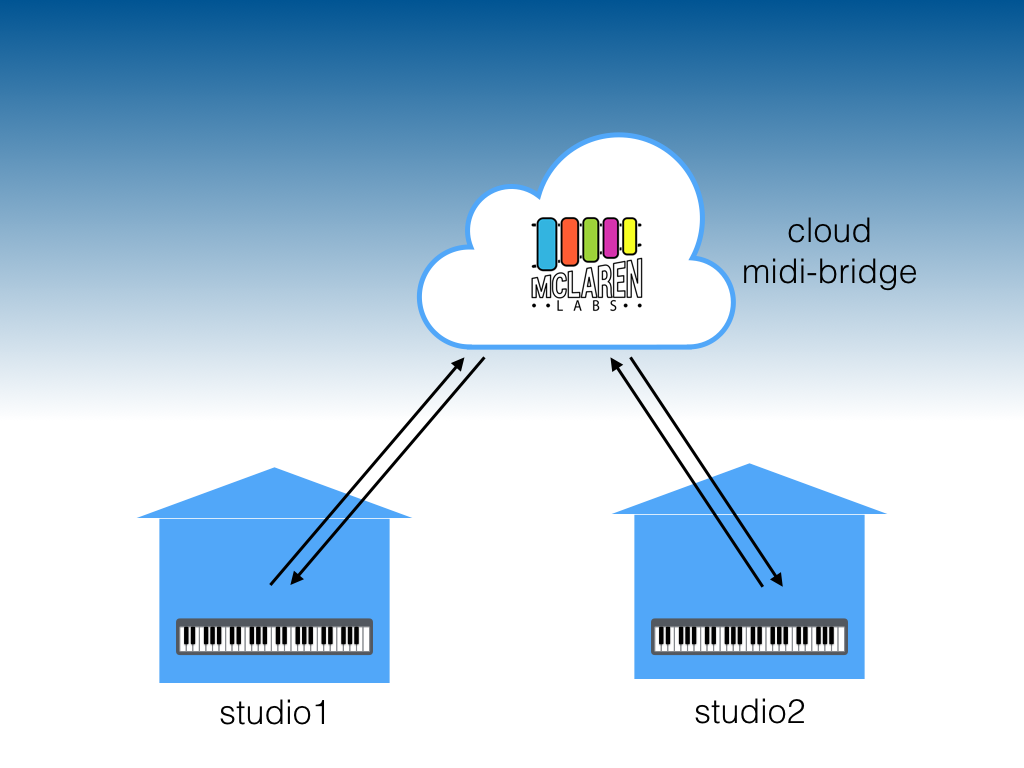Network MIDI was invented sometime around 2004 to send MIDI messages over an IP network. To handle network loss, a protocol known as RTP-MIDI was created and documented as RFC-4695. Network MIDI is built into OSX computers and iOS devices. Apple music creators think nothing of connecting MIDI equipment using Ethernet and WiFi, instead of MIDI cables.
Sometime around 2009, Network MIDI was built into iPads and iPhones. This made building touch-based control surface Apps easy, and ensured they integrated with MIDI Workstations over WiFi. While this capability created many cool demos, the unpredictable latency and jitter of WiFi made MIDI-over-WiFi not attractive where timing is important. MIDI-over-Bluetooth became a standard in the last few years, and seems to be the preferred method for sending MIDI over wireless links.
But Network MIDI persists, and new implementations of the protocol as software pop up, as do new hardware products implementing the protocol. This article is a round-up of some of the implementations available in 2019.
Read More »The State of Network MIDI (2019) 
